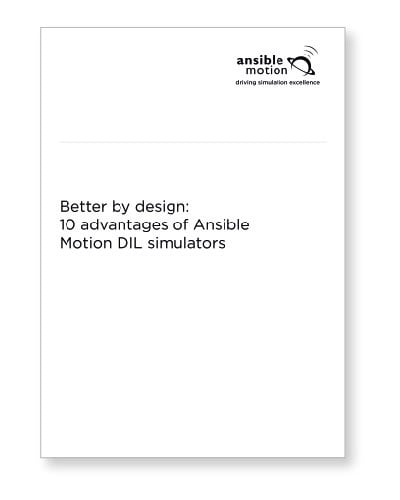 In January, Honda Motor Corporation announced the integration of all automobile and motorcycle racing activities under the revamped Honda Racing (HRC) banner. This includes the Honda factory programmes in the Autobacs SUPER GT Series and the Japanese Super Formula Championships, the two series that comprise the pinnacle of national-level motorsport.
In January, Honda Motor Corporation announced the integration of all automobile and motorcycle racing activities under the revamped Honda Racing (HRC) banner. This includes the Honda factory programmes in the Autobacs SUPER GT Series and the Japanese Super Formula Championships, the two series that comprise the pinnacle of national-level motorsport.
Two months earlier, Honda made yet another sizable investment in the future of their motorsports activities at large. It was announced in November that Honda R&D Sakura – the central hub for Honda’s automobile racing and performance motoring developments in Japan – had invested in Ansible Motion’s latest driver-in-the-loop (DIL) simulator, the Delta series S3.

It’s the continuation of a collaboration between Honda and Ansible that began in 2011, at a time when the benefits of DIL simulation were just starting to be tapped into by the motorsport world outside of Formula One. Over a decade has passed – forget scratching the surface, DIL simulation is now an essential part of most motorsport programmes – especially those run by manufacturers.
Kia Cammaerts, founder and technical director of Ansible Motion, explains:
When we started, DIL wasn’t really a thing, except in a couple of Formula One teams. ... People understood what you could do [with DIL], and they were willing to try. But you actually need to put so much into it, that the benefits don’t come to you until you’ve got quite sophisticated, quite expensive, and quite large facilities – and quite a large commitment of resource into that. Over the first, let’s say, three to five years, we saw driver in the loop become an accepted part of people’s development strategy. ... In the second half of that decade, it became an established tool, to the extent that in the senior categories – if your DIL broke, you might not just bother turning up at the race weekend! The acceptance of DIL in the mind of the of the professional racecar driver is another key aspect of it.
Through the passage of time and the rapid progression of the technology in use, Ansible have developed simulators so immersive that, there is an account of a driver having a crash in the simulator while driving the Nürburgring Nordschliefe in the virtual realm, then – being so rattled from the experience – they couldn’t distinguish a simulated accident from a real one, and had to abort their session.
Read the full article on the Super GT World website.



